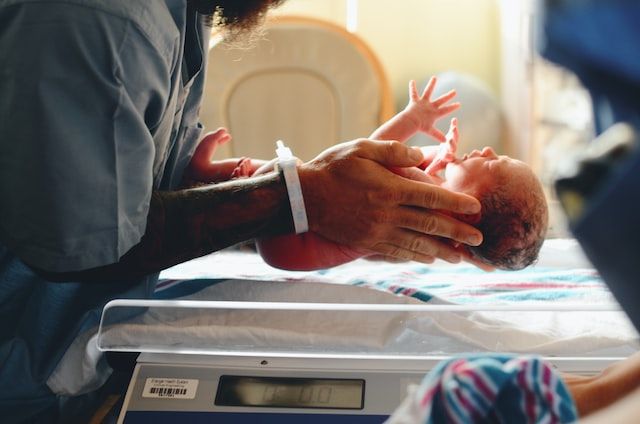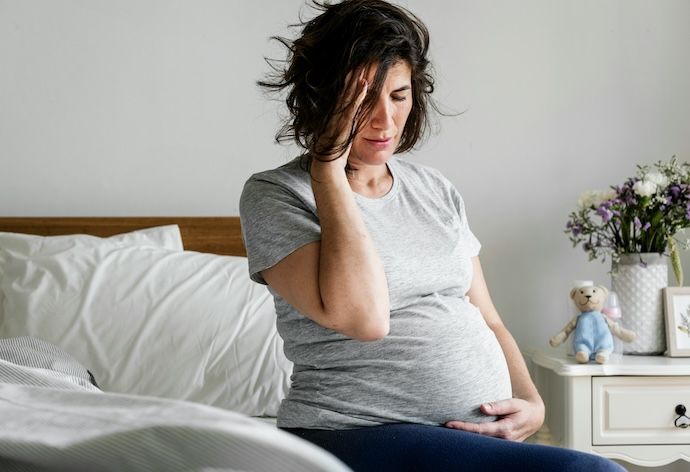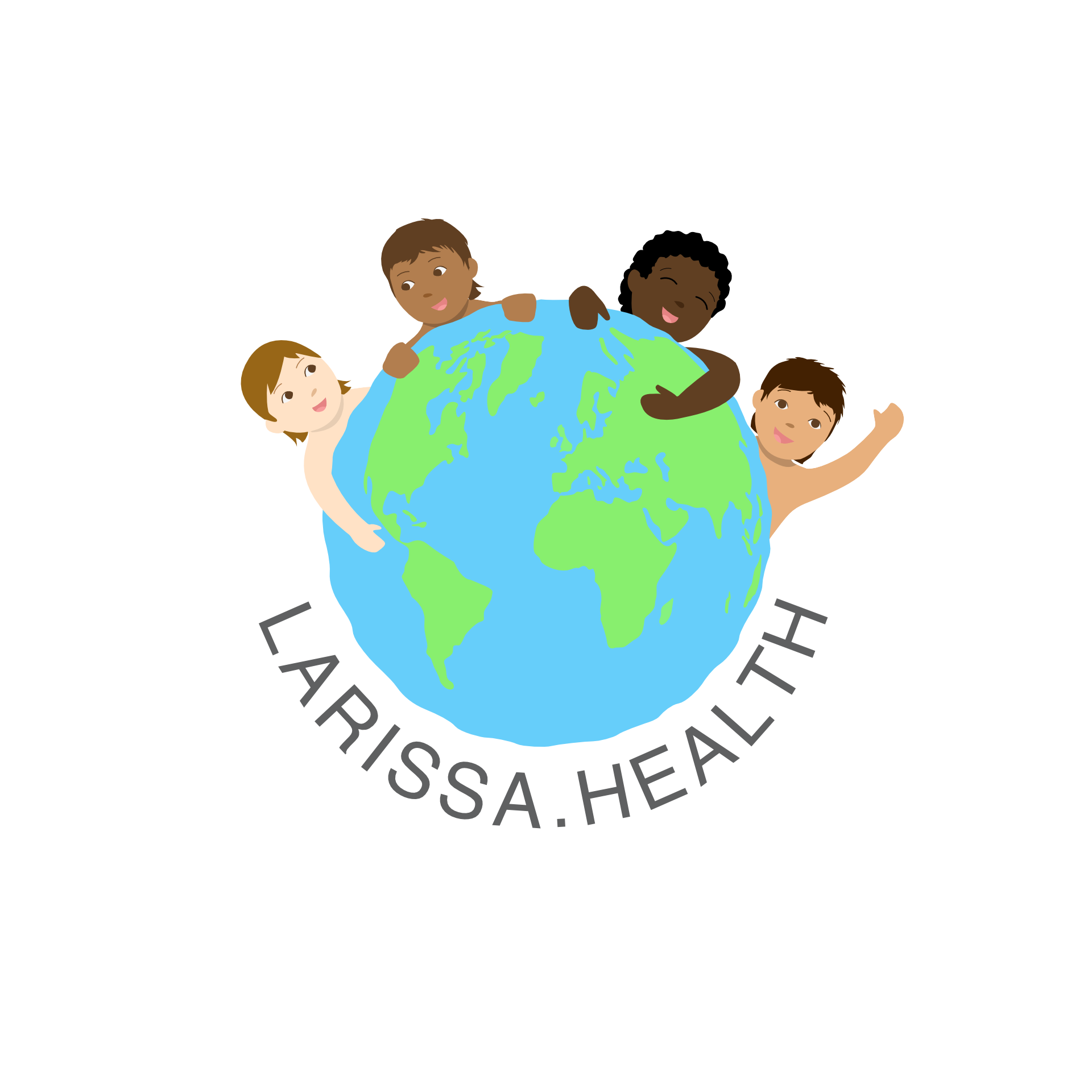Investing in Obstetric Care: Improving Maternal Health Outcomes
The ongoing discussion about the availability of midwives has led experts to conduct a nationwide assessment of the current situation. The outcomes of this 2019's report are still holding true.
This assessment confirms that there are significant gaps in care for both expecting mothers and midwives in some birthing clinics, particularly in large cities. Additionally, many birth attendants are dissatisfied with their professional situation due to high workloads and are considering leaving the profession. However, there is currently no widespread shortage of inpatient obstetric care. Furthermore, the majority of mothers are satisfied with the midwifery care they received.
This conclusion was drawn from a report commissioned by the Federal Ministry of Health and conducted by the IGES Institute, which examined the state of obstetrics in hospitals. The report was based on surveys of hospitals, midwives, and mothers.
According to the report, more than one-third of the surveyed birthing clinics had to turn away at least one expectant mother due to a lack of personnel or space in 2018. This translates to approximately 9,000 mothers nationwide, or about 1.1% of all births in 2018. Such gaps in care are particularly prevalent in birthing clinics in large cities, while midwives in rural clinics are often underutilized.
One Midwife for Three Women The care provided in delivery rooms is also often not up to standards. About 70% of surveyed midwives believe that one-on-one care for expectant mothers is appropriate, and nearly 30% believe that a one-to-two ratio is also acceptable. However, on average, one midwife is responsible for the care of three women during a normal shift. The ratio is slightly better during the active labor phase, with one midwife responsible for two women. Only 2% of midwives are responsible for more than three women during this phase.
 Photo by Christian Bowen on Unsplash
Photo by Christian Bowen on Unsplash
However, the situation is different on particularly busy days with an above-average number of births. This affects about one in four shifts on average. On such days, 85% of midwives are responsible for more than three women in the delivery room simultaneously. Even after the active labor phase has begun, one-third of midwives are still responsible for more than three women. This is mainly the case in large cities and large clinics, and less so in rural regions or smaller clinics.
Midwives Point to Shortage of Staff These workloads are reflected in the low satisfaction of midwives with their work. About half of the midwives believe that there are not enough midwives on their staff, and they feel they do not have enough time to provide adequate care to expecting mothers. 40% of midwives believe that medical intervention is too often used to interfere with natural childbirth. 70% of midwives would prefer to see fewer induced labors or invasive measures, such as permanent access or episiotomies, being used.
The report also finds that midwife shortages are primarily due to retirements and a lack of new hires. Additionally, the high workloads and stress that many midwives face can lead to burnout and an increased likelihood of leaving the profession.
However, there is currently not a nationwide shortage of care in the field of obstetrics. Despite the challenges faced by the healthcare system, the majority of mothers surveyed were satisfied with the care provided by midwives. It is clear that further measures are needed to ensure that pregnant women and midwives receive adequate care and support, particularly in large cities and busy hospitals. These measures could include increasing the number of midwives and other healthcare professionals, as well as improving working conditions for midwives to reduce burnout and retain experienced professionals in the field.
Source: IGES





